
Sunset Lamp
In 2017, I visited a club in Budapest and looked at the light animation on the ceiling. Ever since then, I have been fascinated by the idea of sharing this experience with the world.
I have a dozen approaches to light animations. This particular one was created in collaboration with my friend Rossana Ribeiro.
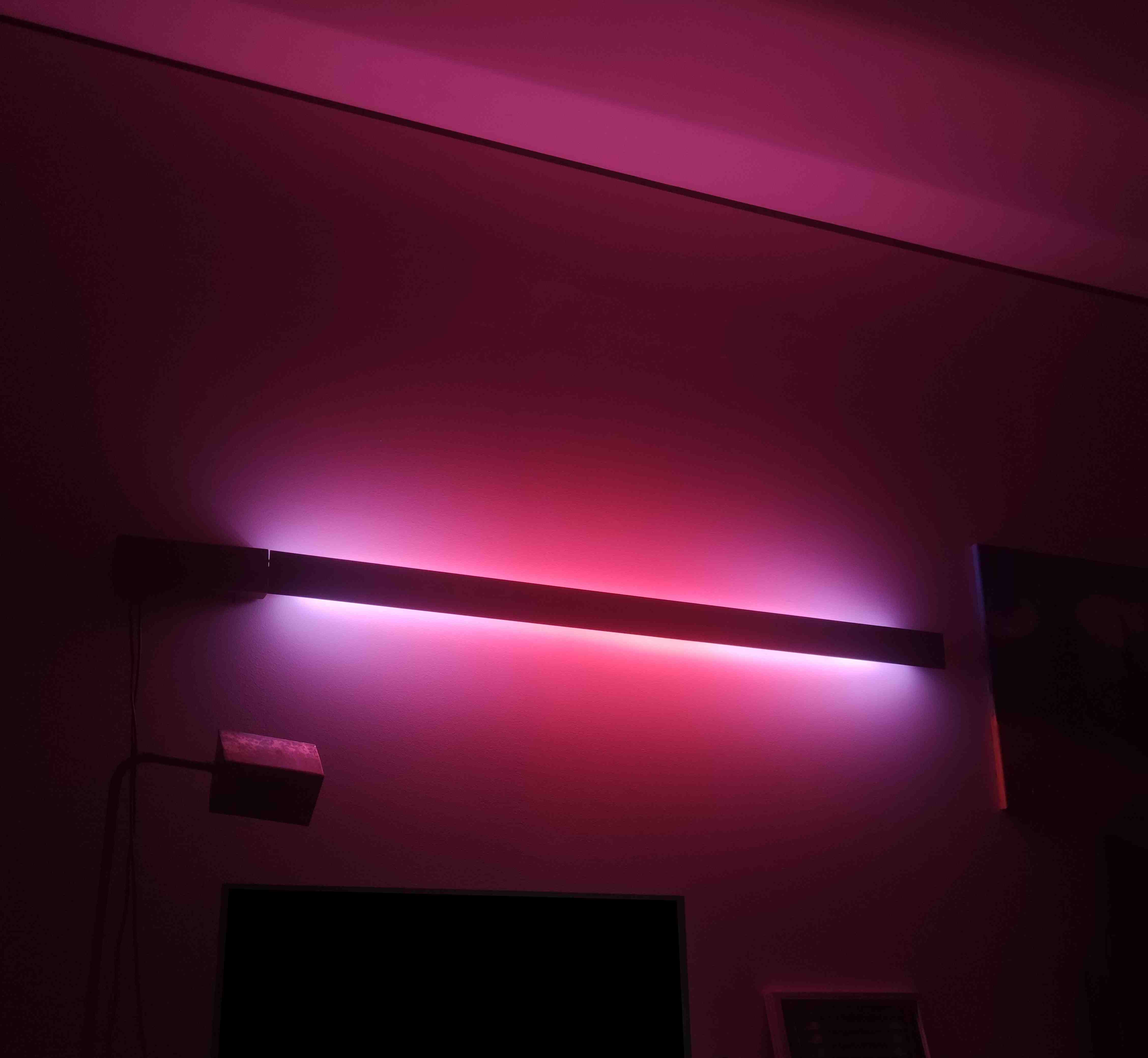
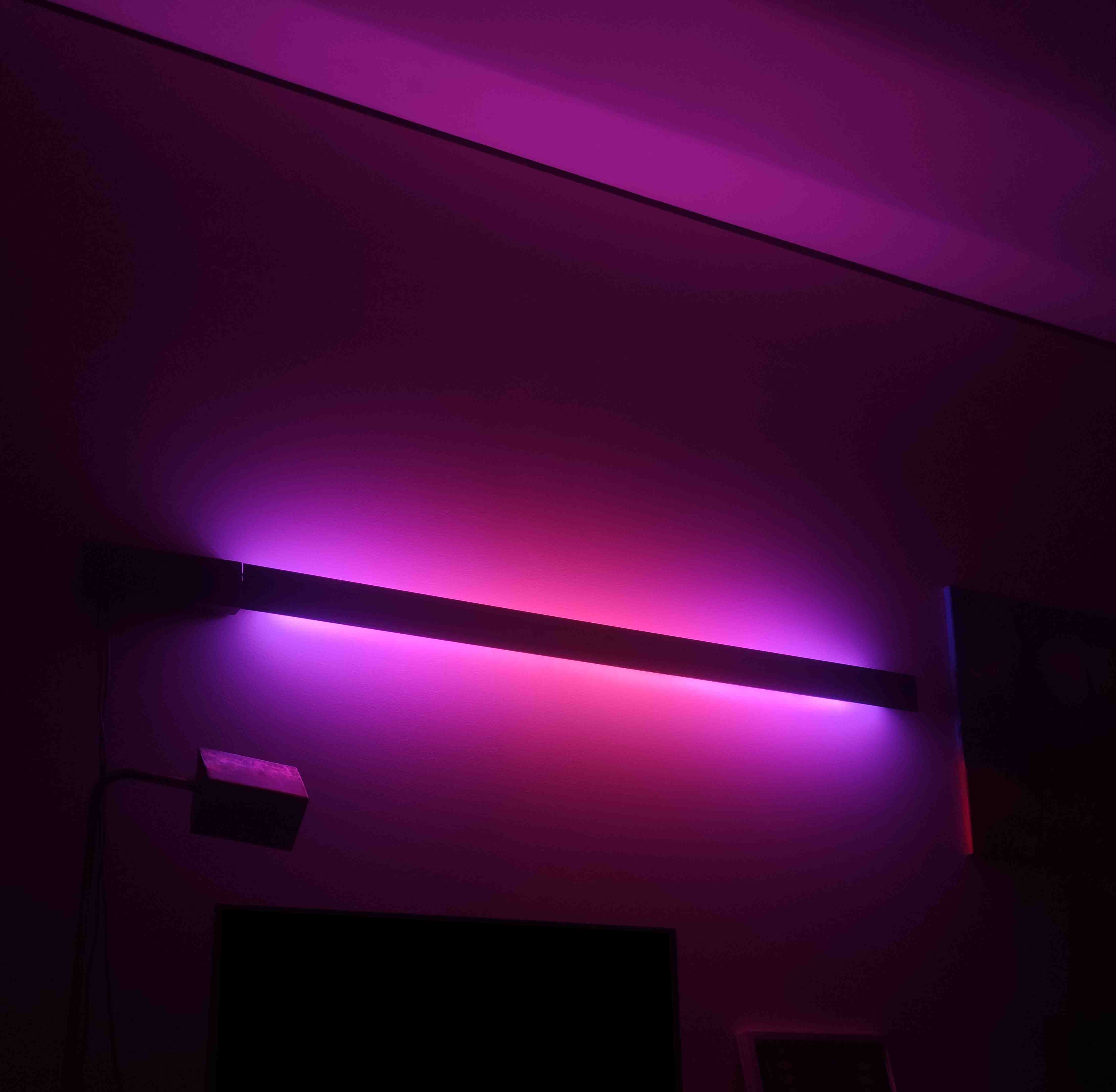
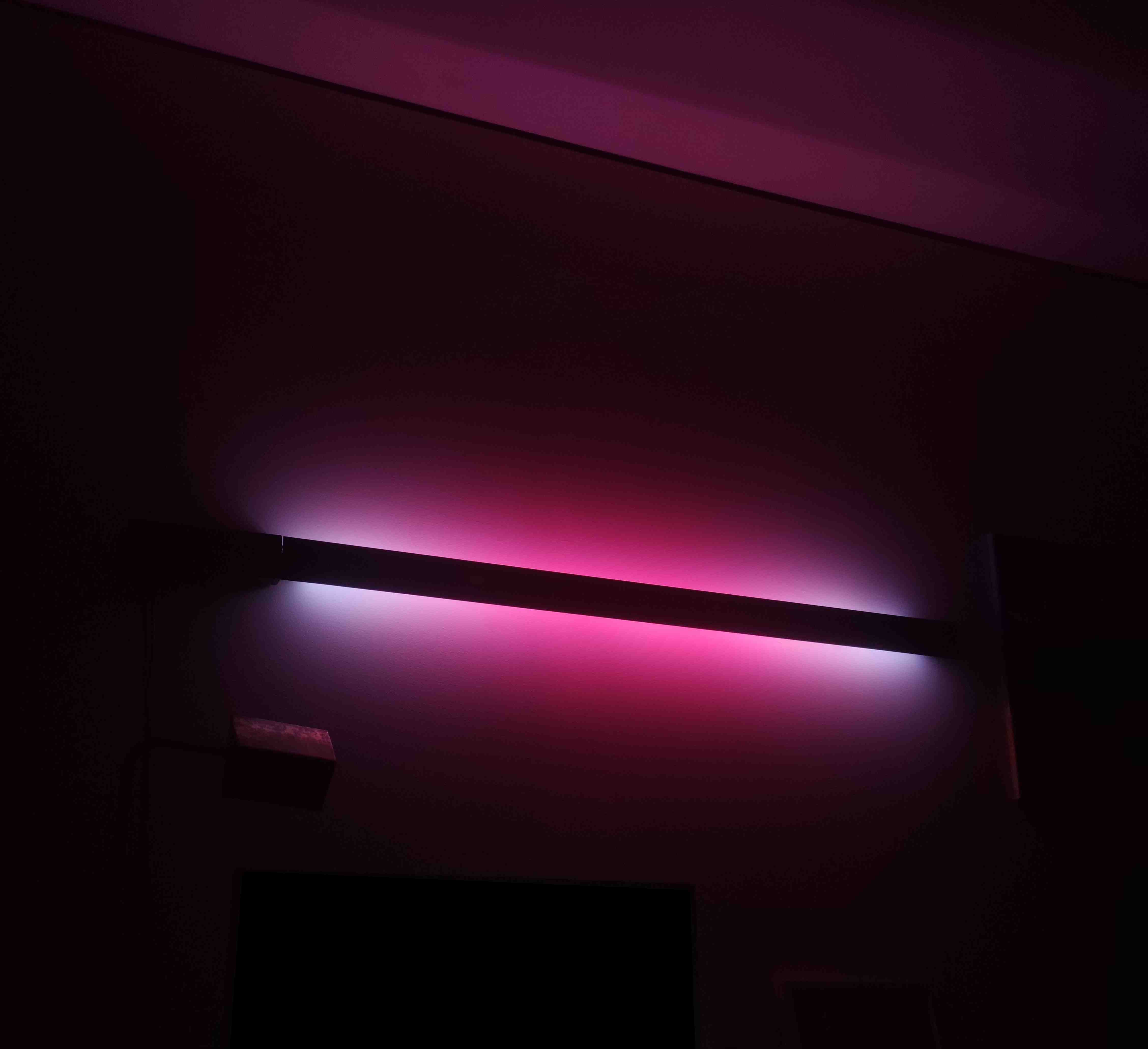
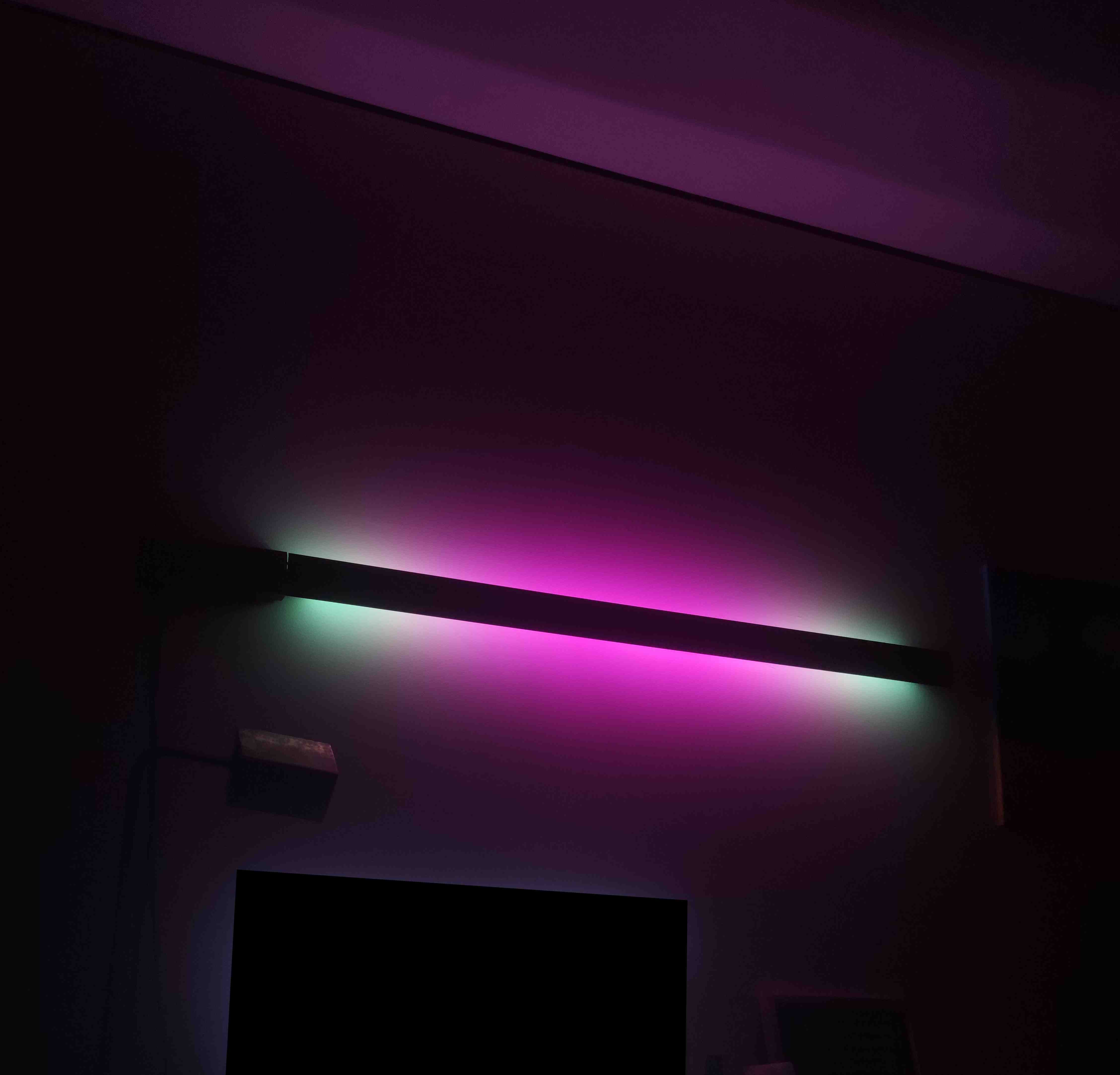
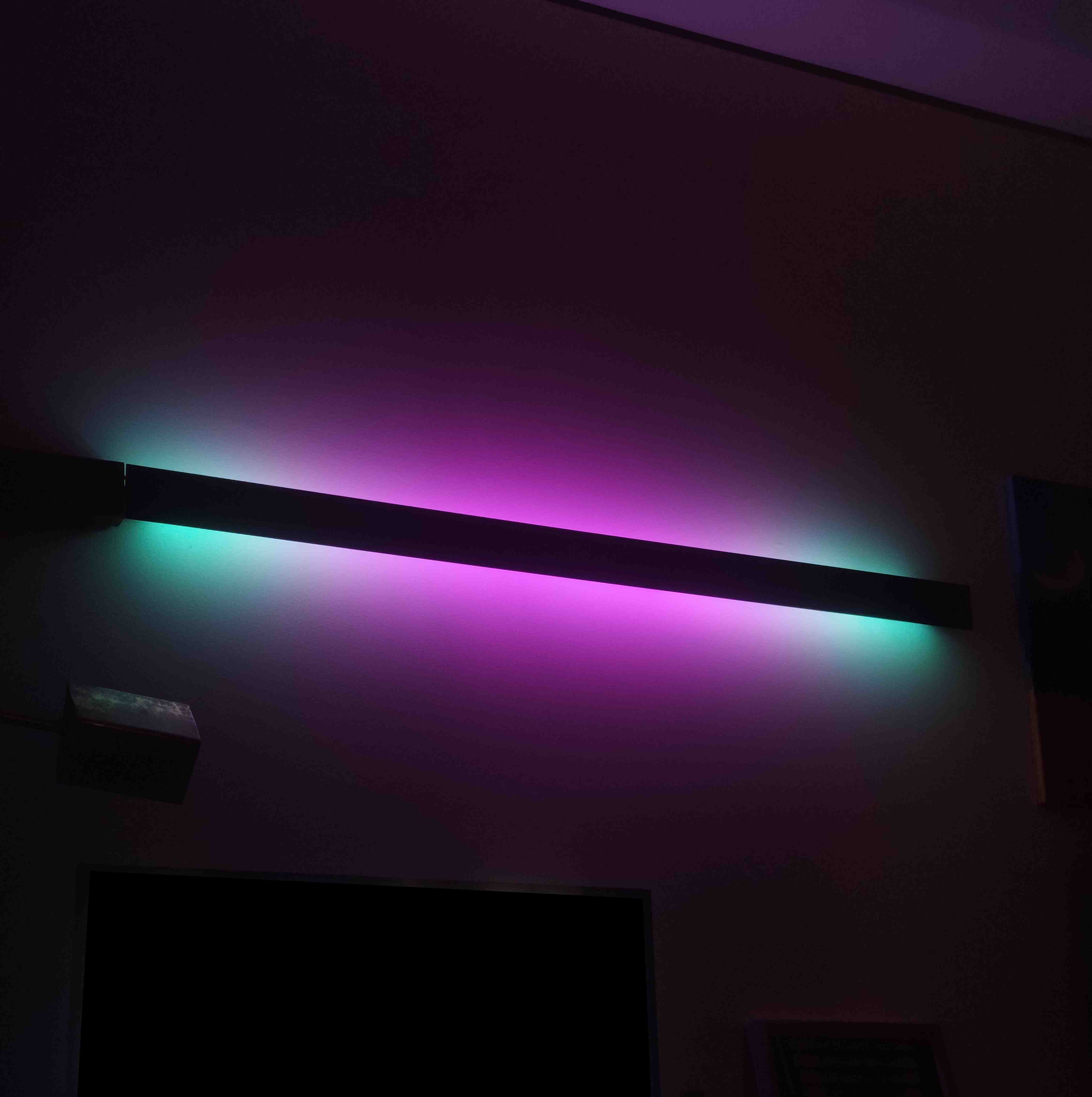

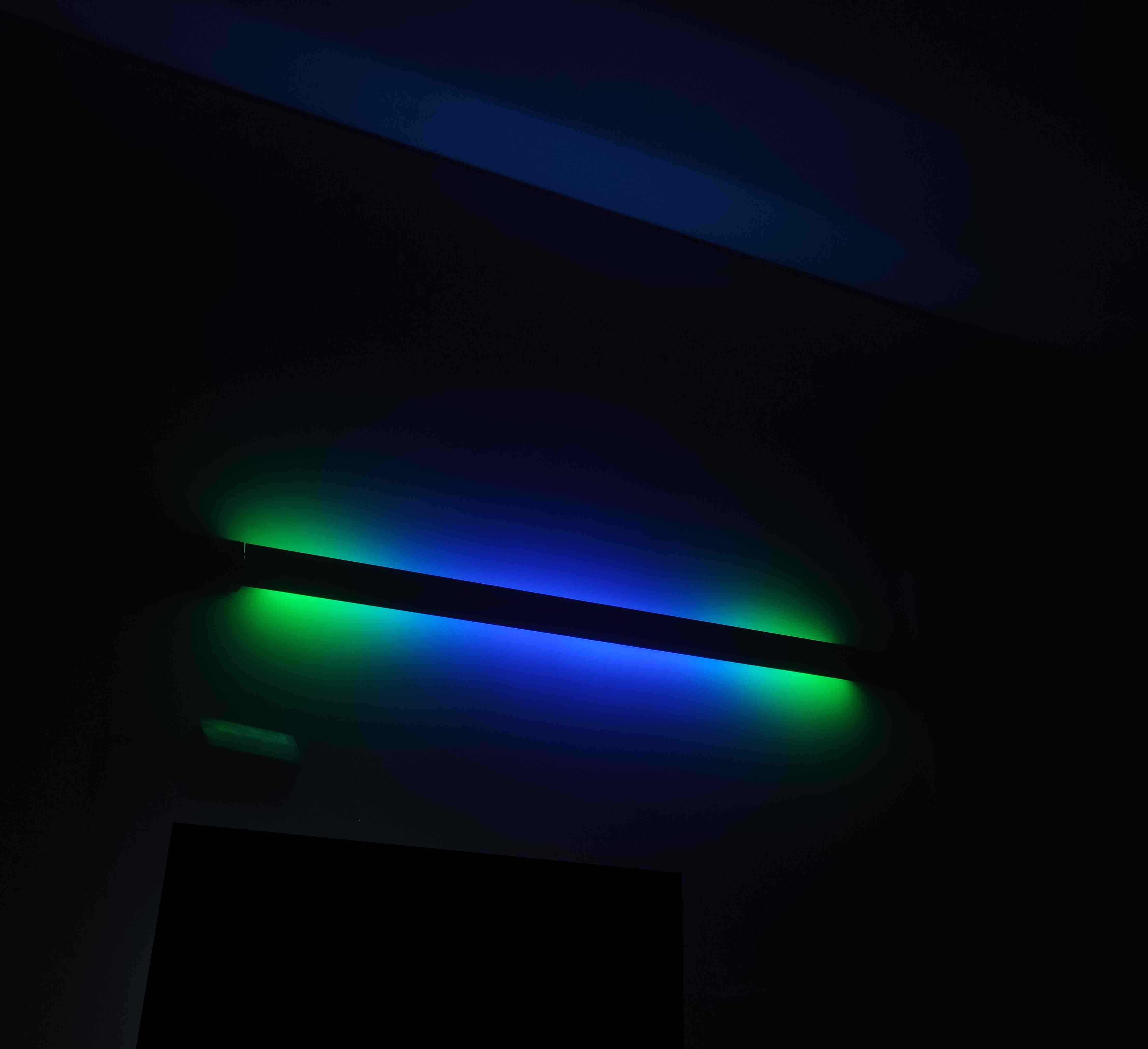
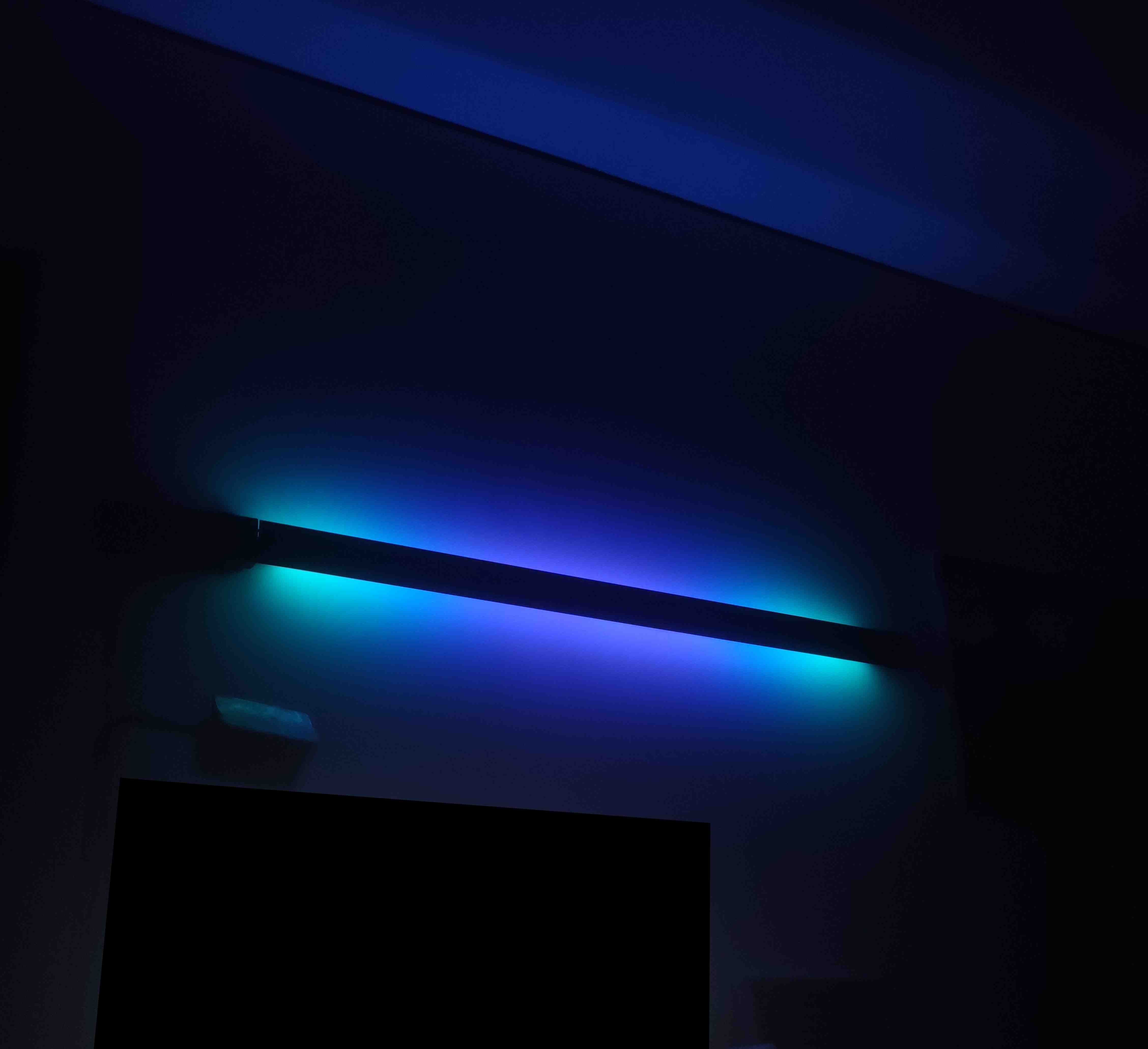
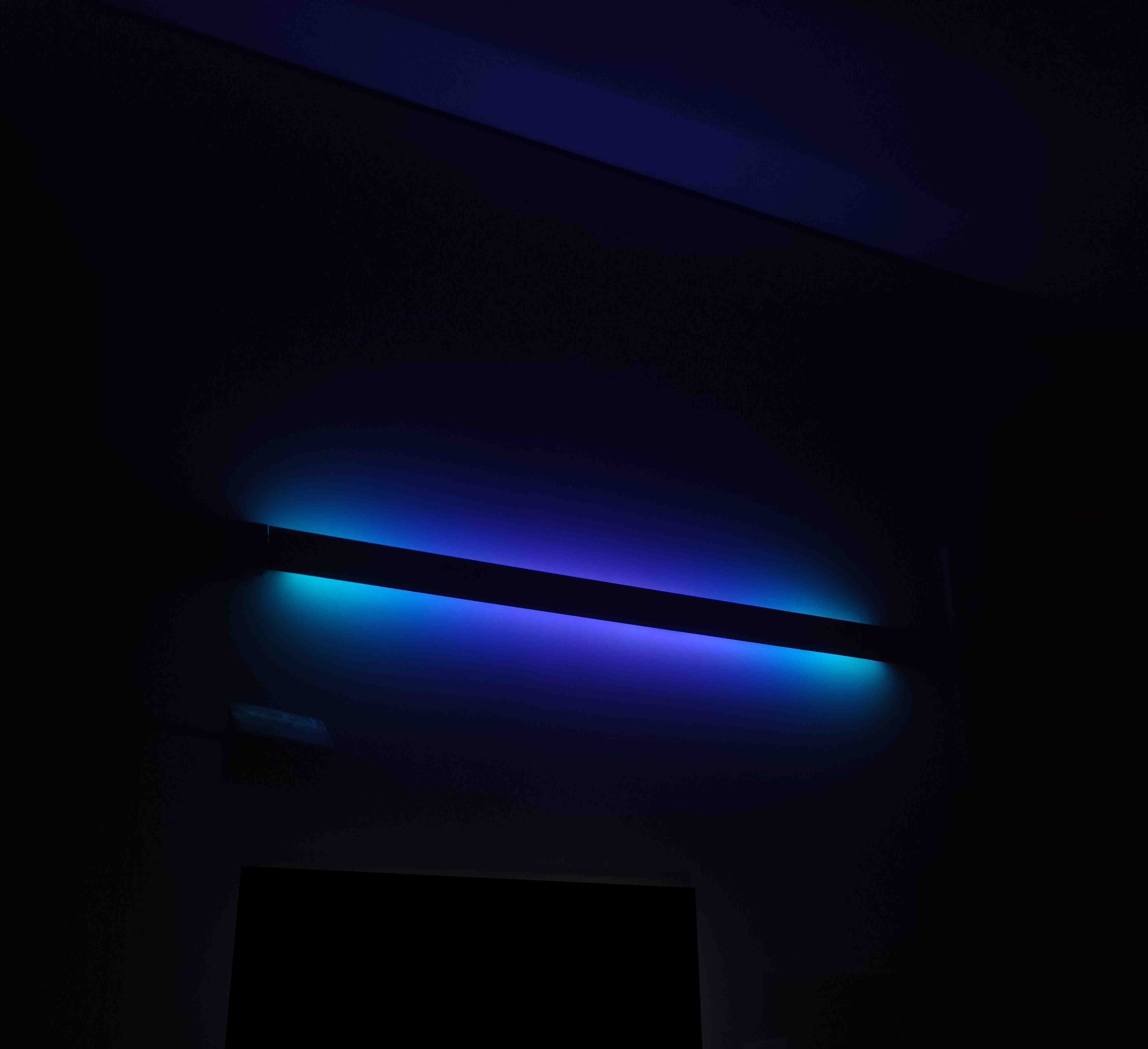
The Project
The lamp consists of a horizontal metal shape, with LED lights pointing both upward and downward. The colors of the lamp flow in an extremely slow motion, mimicking the colors of a sunset.
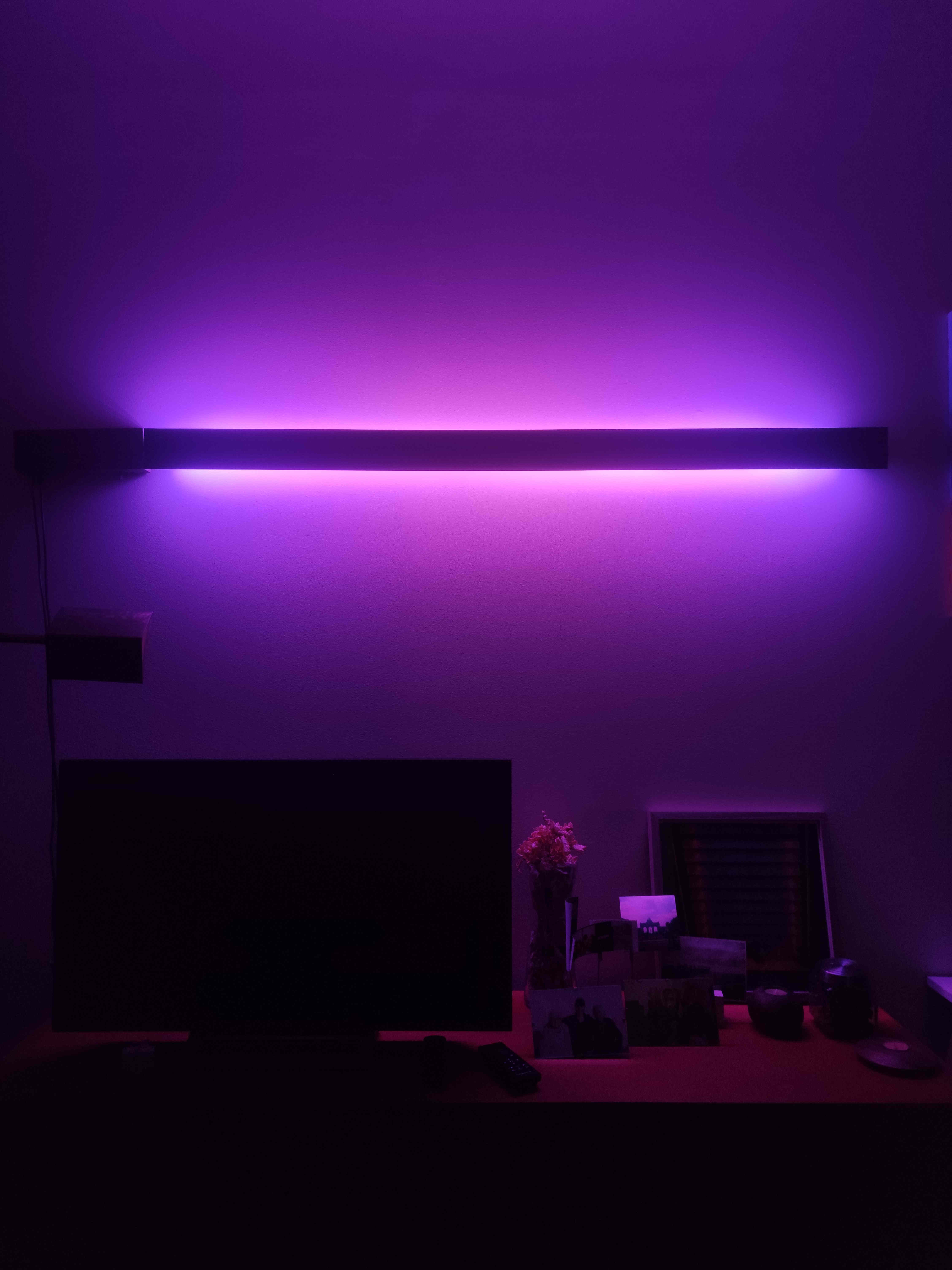
Roles & Responsibilities
This is a personal project. Rossana Ribeiro conceptualized the idea and handled all the non-electrical aspects. The rest was up to me.
Rossana
- Conceptualizing the idea and creating drafts
- Composing animation frames
- Assembling the structure of the lamp
Me
- Adapting my main‑line FastLED project to this idea
- Constructing the animation based on the given frames
- Assembling the LED setup
- Wiring the entire system
Used Technologies
- Arduino / ESP8266
- Arduino IDE / Platform IO
What Would I Do Differently?
I should work on this project with a fresh mind during daylight as well. Fancy lights at night are mesmerizing, but coding in C (!) in hypnosis is not easy.
I should spend more time ensuring physical stability. Anything involving lights is fragile. You can kill the mood with two things: stopping the music or messing with the lights.
The next time I start a microcontroller project from scratch, I will use Platform IO from the beginning.
My Personal Opinion
I love working with lights and animation. For me, visiting a party is half about studying the lighting. So far, my favorite city for light works is Buenos Aires.
Future
Designing the perfect light show for fancy parties is amazing, but we cannot afford that at smaller events. I am working on building music-reactive lights. It is very challenging. Listen to Strobe by Deadmau5. The music has poly‑rhythm, and the gap is less than 80 milliseconds. Your brain can feel the distortion of ~60‑80 ms in music, and with lights, the threshold is even smaller. Creating music‑reactive lights means that the overall lag between the music and the light should be less than ~50 ms.